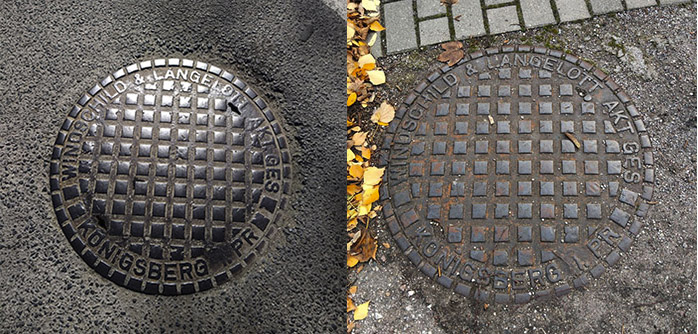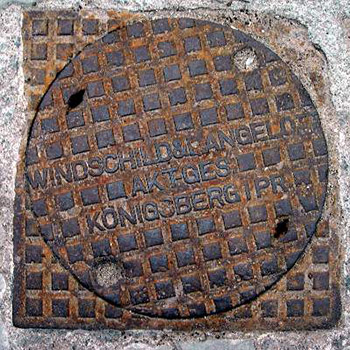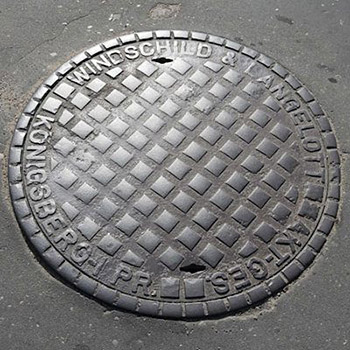Bridges of Wehlau
A postcard with a picture of the bridge over the Alle, printed by offset printing on good, not at all "postcard" paper of a cream shade in the printing house Kunstanstalt Stengel & Co. in Dresden. There is a perforation along the left edge of the postcard. In general, this bridge is a very popular object on postcards from Wehlau. The most interesting thing about the postcard is that the customer of the print run was the construction company Windschild & Langelott Aktiengesellschaft (Joint-Stock Company "Windschild and Langelott"). It was they who built the bridge over the Alle, blown up by Russian troops during the First World War. So, it's high time to tell the story of this bridge, as well as other bridges of Wehlau, and say a few words about the company "Windschild and Langelott" itself.
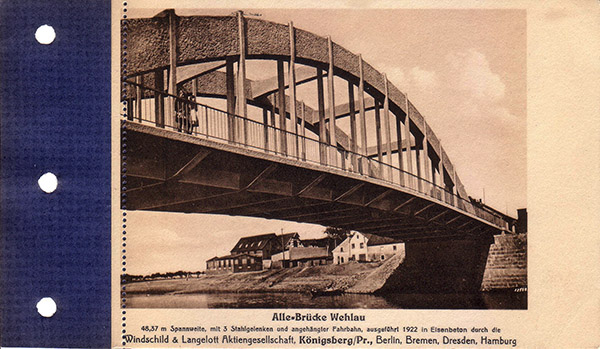
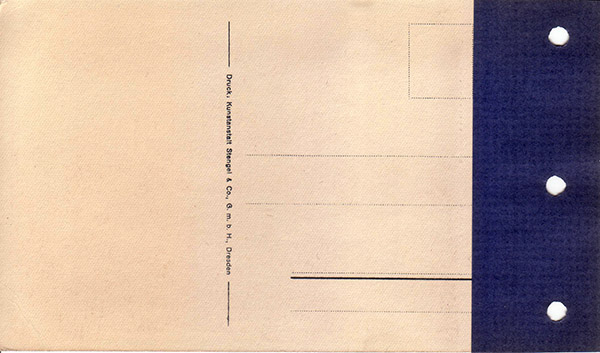
In Wehlau, located at the confluence of the Alle and Pregel, there were (and are) several bridges. The Long Bridge (Lange Brücke) across the Pregel is one of the longest (forgive me for the butter), if not the longest, automobile bridges in the Kaliningrad region inherited from the Germans, was laid on December 11, 1880. The seven spans of this bridge stretch for three hundred meters. The railway bridge across the Lava was built on the branch connecting Königsberg and Eydkuhnen in 1860. The third large bridge was the Allebrücke. It was built on the site of a wooden one, which was periodically torn down during ice drifts. The ceremonial opening took place on August 26, 1872. The bridge had two spans. By the way, it was the bridge across the Alle that for a long time was the main bridge connecting Wehlau and Königsberg, since the road to the center of the province ran along the southern bank of the Pregel.
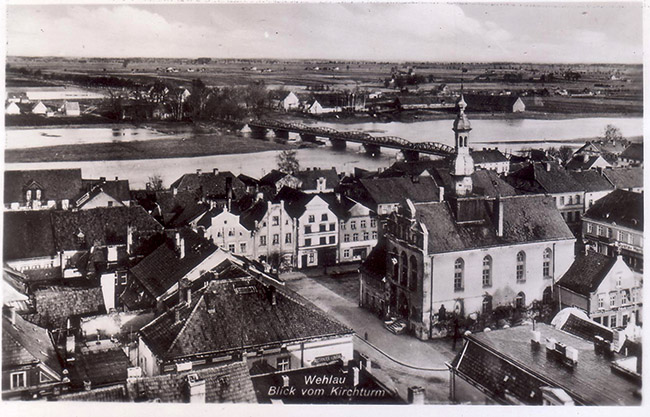
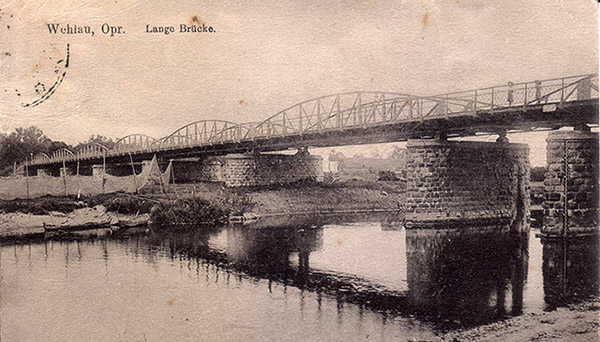
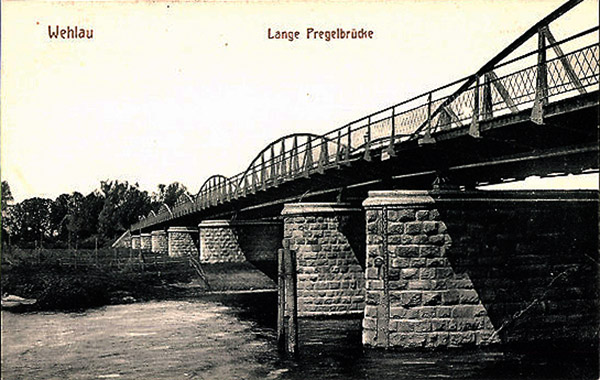
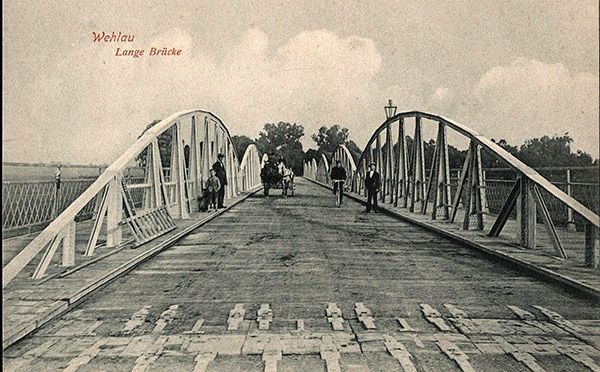
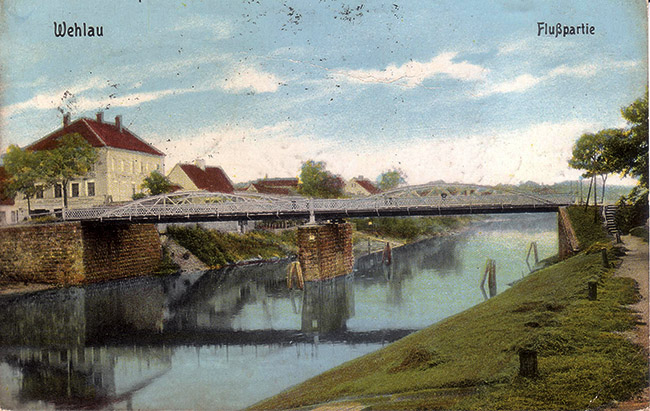
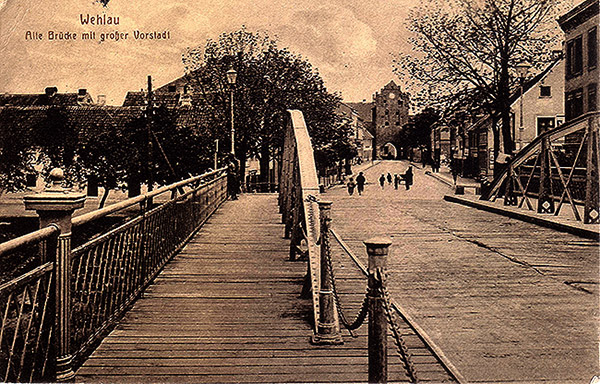
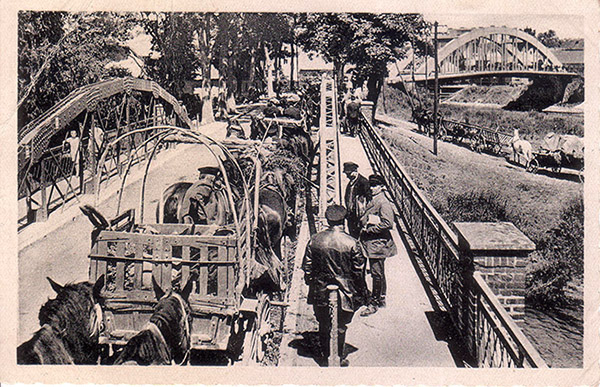
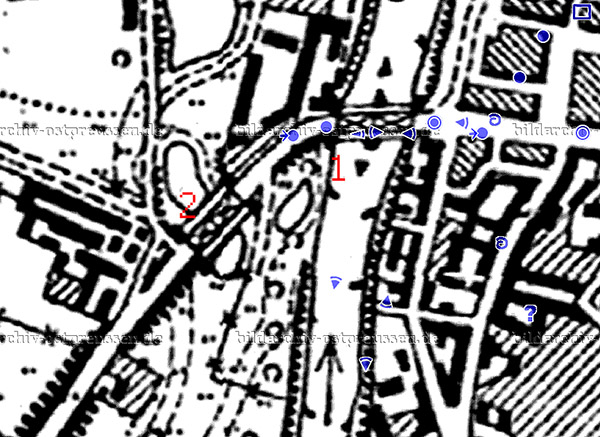

In general, the history of the Wehlau bridges goes back to the Middle Ages, when the city experienced rapid economic growth. True, this growth slowed down at the end of the 16th century, and not least of all the reason that Wehlau lost the economic competition to Insterburg (you must admit, the geographical location of both cities - at the confluence of two rivers - is very similar) was the fact that the wooden bridges of Wehlau were in terrible condition, and the merchants who hurried to the city at the end of July for the annual Jacobin Fair (the predecessor of the famous horse market ) used to say: "A coward does not go to Wehlau."
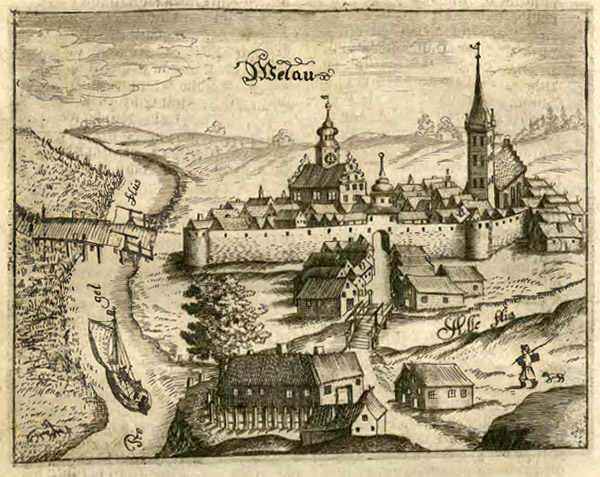
During the First World War, all three bridges in the city were damaged. The Langebrücke was blown up by the Germans before the advancing Russian troops, who in turn blew up the Allebrücke before retreating in order to delay the German troops. During the Second World War, both of these bridges were blown up again . The Allebrücke blew up for unknown reasons back in late December 1944, and the Long Bridge, like the railway bridge, was blown up by the Germans on the morning of January 22, 1945.
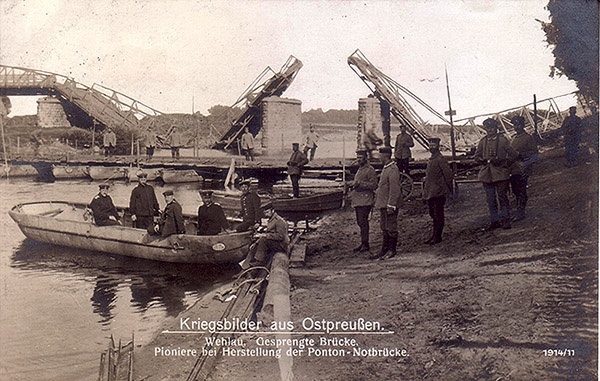
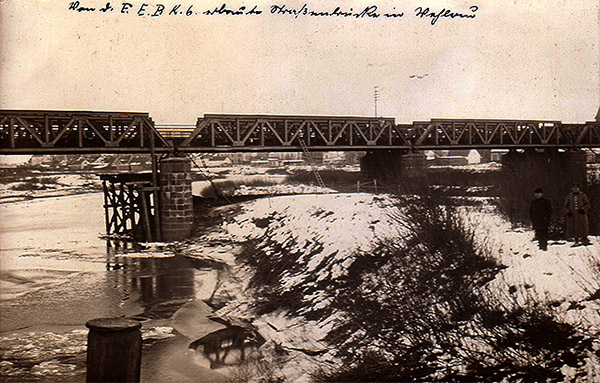
The Long Bridge was later restored and has successfully survived to this day. In 2014, it was renovated. The railway bridge is also in the same place. But the bridge across the Alle was built in a new place, 30-40 meters south of the previous one. It is also single-span.
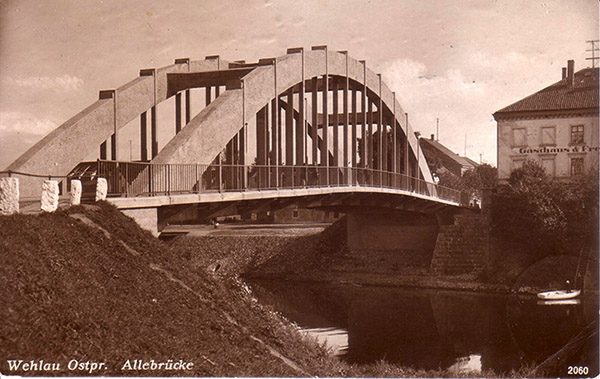
And now a few facts about the company "Windschild & Langelott". It was founded no later than 1889 (I was unable to find out the exact city where it was founded). At various times, it had branches in Bromberg (now Bydgoszcz), Dresden, Bremen, Berlin, Hamburg, Königsberg and Insterburg (Chernyakhovsk). It was a multi-industry company, one of the largest in Germany, had its own cement production and was engaged in construction in various areas, from laying canals, building dams, bridges and railway structures to urban water supply and sewerage. Now there is a company with the same name, registered in Oldenburg (Lower Saxony), but since its foundation date is October 1, 2010, I am inclined to believe that, most likely, the current company has only the name in common with the previous one.
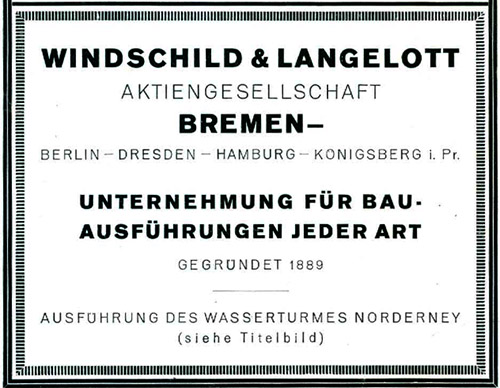
In addition to the bridge over the Alle, Windschild and Langelott built several more bridges in East Prussia. Some of them have survived to this day and are used for their intended purpose. Several bridges are located in the Romincka Forest .
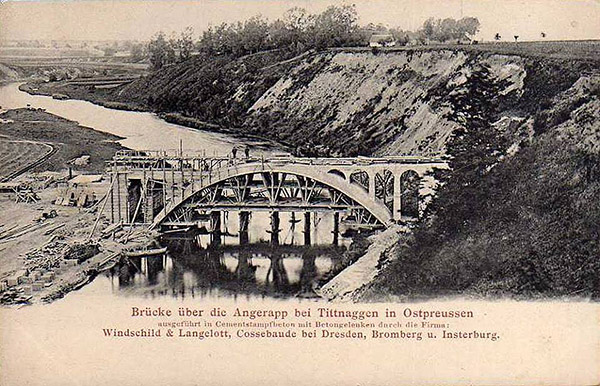
In addition to bridges, the company also distinguished itself by building a small dam in Neukuhren (now Pionersky), located in a ravine to the left of the road to the port.

Well, the last detail related to Windschild & Langelotte that I would like to note is the old sewer manholes. There are photos of manholes produced by Windschild & Langelotte in Königsberg on the Internet. In particular, such manholes could be seen until recently in Kaliningrad, Sovetsk (I think this manhole no longer exists) and Malbork (Poland).
At least a couple of such hatches still (November 2023) please the eye of everyone walking along the streets of Baltiysk in the area of the lighthouse.
